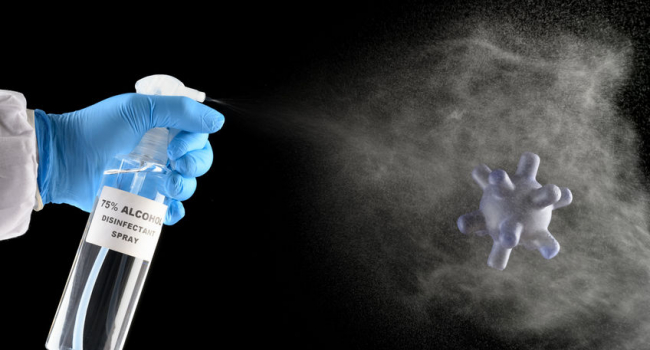How long virus leading to COVID-19 stays 'alive' in environment?
 16:51 11 June, 2020
16:51 11 June, 2020One of the many questions that scientists are interested in today is how long the virus leading to COVID-19 stays 'alive' in the environment after someone infected coughs or sneezes.
When the droplets containing the virus evaporate, the virus also dies. Therefore, the likelihood of becoming infected with COVID-19 may directly depend on how long the droplets with the virus remain in the environment, publishing.aip.org reported.
To find out how quickly droplets with the virus disappear, Rajneesh Bhardwaj and Amit Agrawal conducted a study reported in Physics of Fluids.
They used a mathematical model that took into account many factors and characteristics, including ambient temperature, surface type, and relative air humidity. As it turned out, a higher ambient temperature helped to dry a drop of virus faster, which sharply reduced the likelihood of its survival in the environment. But in places with high humidity, droplets remained on the surface longer, and the chances of the virus survival increased.
The researchers determined the drying time of the droplets in various weather conditions in the open air and found out whether these characteristics are related to the propagation speed of COVID-19.
They selected New York, Chicago, Los Angeles, Miami, Sydney, and Singapore and compiled a graph of the growth in the number of patients with COVID-19 in these cities, comparing with the drying time of the drop.
In cities with higher growth rates, the drying time for droplets containing the virus was indeed longer.